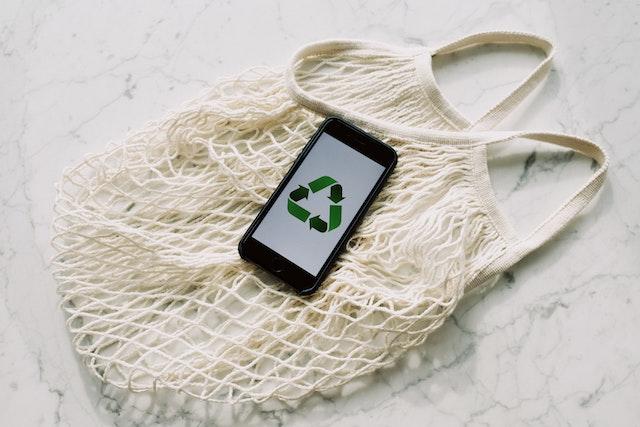
Reduce, Reuse, Recycle
The three R's - Reduce, Reuse, Recycle - are the cornerstone of living green. Reducing the amount of waste you produce is the first step towards a sustainable lifestyle. Start by avoiding single-use products, such as disposable plates, cups, and utensils. Instead, opt for reusable items that can be washed and used again. This includes cloth napkins, metal straws, and reusable water bottles.Reuse items whenever possible. This means finding new ways to use items that would otherwise be thrown away. For example, instead of buying new containers for food storage, wash and reuse glass jars from products like spaghetti sauce or pickles.
Recycling is also an important part of living green. Make sure you know what can and cannot be recycled in your area, and be sure to recycle properly. This means cleaning and sorting recyclable materials before placing them in the appropriate bin.
Conserve Water and Energy
Conserving water and energy is another important aspect of living green. Start by turning off lights and electronics when they are not in use. Unplug chargers and appliances when they are not in use, as they can still consume energy even when turned off.Fixing leaky faucets and toilets is an easy way to conserve water. Be sure to turn off the tap while brushing your teeth, and take shorter showers to conserve water. You can also install low-flow showerheads and faucets to reduce water usage.
Choose Sustainable Products
Choosing sustainable products is another important step towards living a green lifestyle. This means selecting products that are made from renewable resources, and that are produced in an environmentally responsible way. Look for products that are certified as organic, fair-trade, or sustainably sourced.When it comes to food, choose organic produce whenever possible. This means selecting fruits and vegetables that have been grown without the use of pesticides or other harmful chemicals. Choose locally grown produce when possible, as this reduces the carbon footprint associated with transporting food long distances.
Reduce Your Carbon Footprint
Your carbon footprint is the amount of greenhouse gases that you produce, primarily through the burning of fossil fuels. By reducing your carbon footprint, you can help to mitigate the effects of climate change. Start by reducing your energy usage, as this is the largest contributor to most people's carbon footprint.Choose alternative modes of transportation whenever possible. Walk, bike, or take public transportation instead of driving alone. When driving is necessary, carpooling is a great option. You can also consider purchasing an electric or hybrid vehicle to reduce your carbon footprint.
Eat a Plant-Based Diet
Eating a plant-based diet is not only good for your health, but it is also good for the planet. Animal agriculture is one of the largest contributors to greenhouse gas emissions, and reducing your consumption of animal products can help to reduce your carbon footprint.Start by incorporating more plant-based meals into your diet. This can be as simple as swapping out meat for tofu or legumes in your favorite recipes. You can also try new plant-based recipes to expand your culinary horizons. And if you do eat animal products, choose sustainably sourced and ethically raised options whenever possible.
Support Sustainable Practices
Supporting sustainable practices is an important aspect of living a green lifestyle. This means supporting businesses and organizations that prioritize sustainability and reducing their environmental impact.Choose companies that use sustainable materials and production methods, and that prioritize reducing waste and emissions. Support organizations that work towards environmental conservation and protecting natural resources. By supporting these initiatives, you can help to make a positive impact on the planet.




